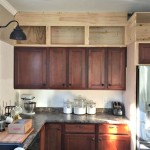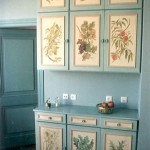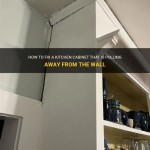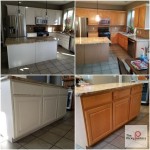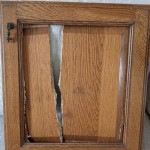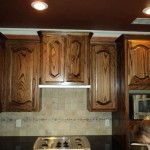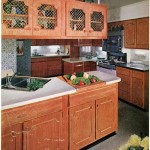The Essential Guide to Contact Paper for Kitchen Cabinets
Contact paper is a cost-effective and versatile material that can transform the look of your kitchen cabinets without breaking the bank. With a wide range of colors, patterns, and finishes available, you can easily find a style that complements your existing décor or creates a whole new look. Here are some essential aspects to consider when choosing and using contact paper for kitchen cabinets:
Materials and Durability
Contact paper is typically made of vinyl or laminate, which are both durable and easy to clean. Vinyl contact paper is thinner and more flexible, making it ideal for curved surfaces or intricate details. Laminate contact paper is thicker and more rigid, providing better resistance to scratches and wear. Choose the material that best suits your needs based on the condition and style of your cabinets.
Adhesive
The adhesive on contact paper is crucial for a successful and long-lasting application. Water-based adhesives are easier to remove and reposition, while permanent adhesives provide a stronger bond. For kitchen cabinets, which are subject to moisture and heat, a permanent adhesive is recommended. Make sure the contact paper you choose has an adhesive that is specifically designed for kitchen use.
Measurement and Cutting
Before applying the contact paper, carefully measure the surface area of your cabinets to determine the amount of material you need. Allow for a few inches of overlap for trimming and adjustments. Use sharp scissors or a utility knife to cut the contact paper to size. If you have any intricate areas or curved edges, make small cuts around them to ensure a snug fit.
Surface Preparation
Proper surface preparation is essential for a smooth and bubble-free application. Thoroughly clean the cabinet surfaces with a degreaser or rubbing alcohol to remove any dirt, grease, or dust that could interfere with the adhesive. Sand lightly any rough or uneven surfaces to create a smooth base. Allow the surfaces to dry completely before applying the contact paper.
Application
Peel off the backing of the contact paper and align it evenly with the edge of the cabinet. Press down firmly from the center outward, smoothing out any air bubbles or wrinkles. Use a bone folder or credit card to apply even pressure and ensure a secure bond. Trim any excess contact paper around the edges using a sharp knife or scissors.
Finishing Touches
Once the contact paper is applied, complete the installation by adding any necessary trim or decorative elements. For example, you can install peel-and-stick molding around the edges or use decorative tape to create a border. These finishing touches will enhance the overall look of your cabinets and help protect the edges of the contact paper.
Care and Maintenance
Contact paper is generally easy to clean and maintain. Regularly wipe down the surfaces with a damp cloth to remove dirt and debris. For tougher stains, use a mild detergent or household cleaner. Avoid using abrasive cleaners or sponges, as they could scratch or damage the finish. If any corners or edges start to peel, simply reapply pressure or use a small amount of adhesive to secure them.
By following these essential aspects, you can successfully use contact paper to transform your kitchen cabinets and create a fresh new look. With its durability, affordability, and versatility, contact paper is an excellent choice for DIY enthusiasts and homeowners looking to update their kitchens without major renovations.

How To Update Cabinets Using Contact Paper Al Kitchen Makeover Cover

Diy Contact Paper Kitchen Counters The Interior Diyer

Contact Paper In The Kitchen 5 Places

How To Update Cabinets With Contact Paper The Handyman S Daughter
Temporary Contact Paper Kitchen Cabinet Decorations Pink Stripey Socks

Spruce Up The Outside Of Your Kitchen Cabinets With Contact Paper Offbeat Home Life

The Best Contact Paper For Kitchen Cabinets Hunker

17 Best Contact Paper Cabinets Ideas Wallpaper And Tiles Modern Designs

Re Wrapping Kitchen Cabinets With Contact Paper Er Friendly

Re Wrapping Kitchen Cabinets With Contact Paper Er Friendly
Related Posts

